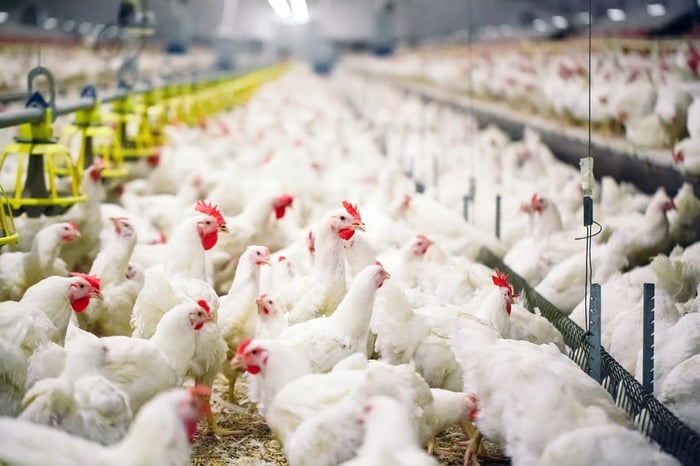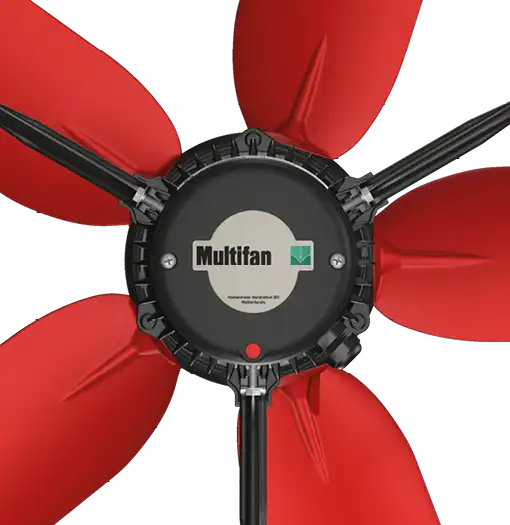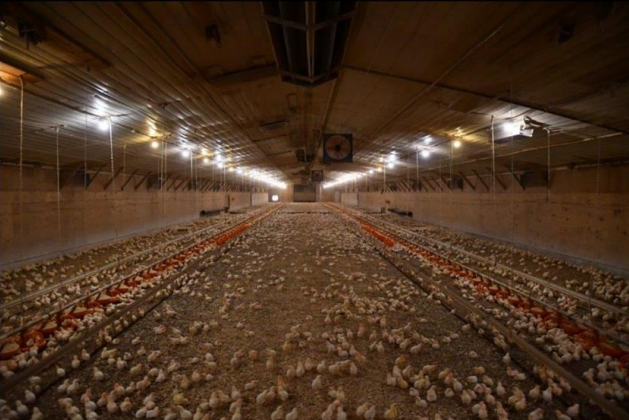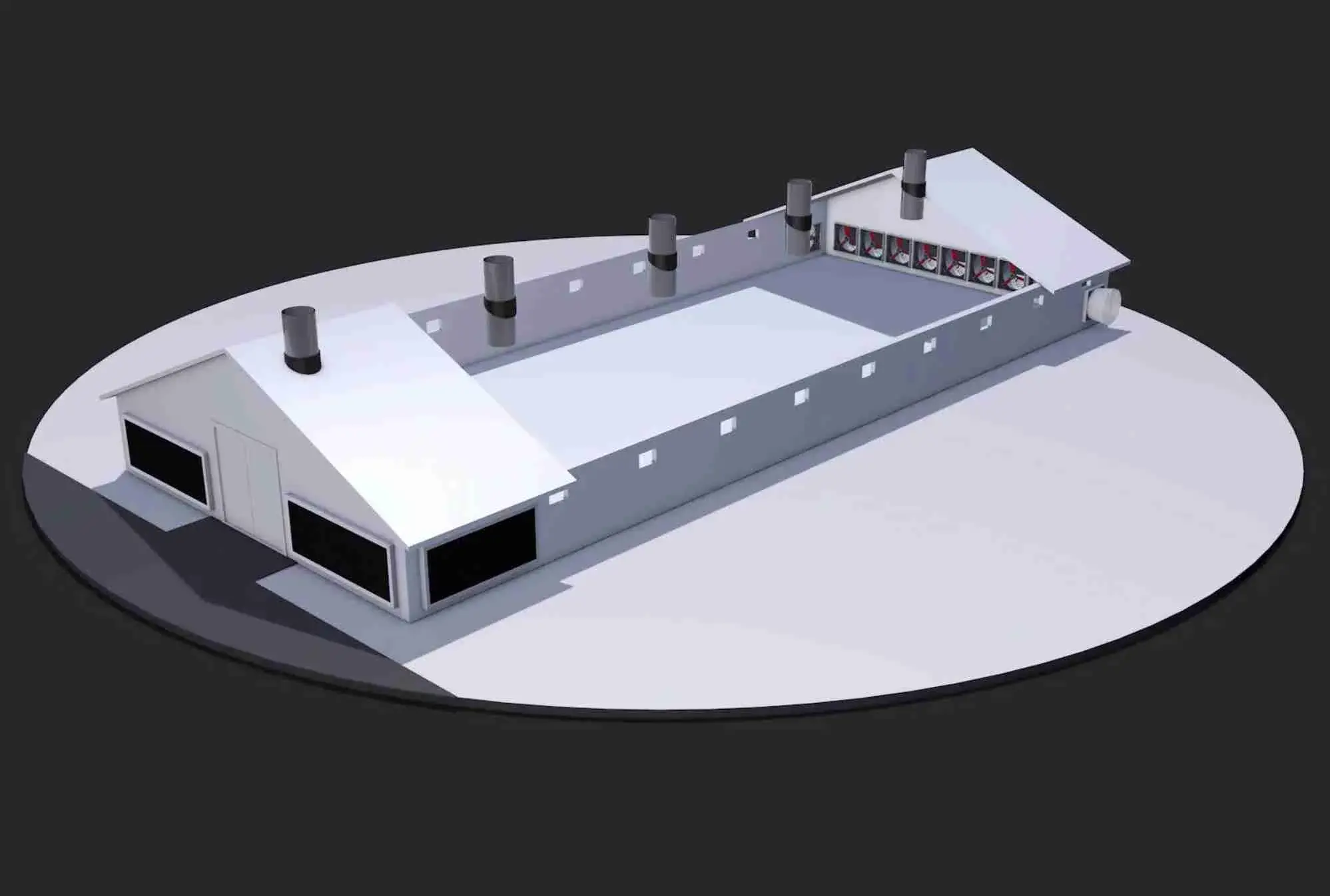Overview
What is footpad dermatitis
Effects of footpad dermatitis on poultry
Common causes of footpad dermatitis for poultry
Benefits of ventilation in avoiding footpad dermatitis
What is footpad dermatitis
Contact dermatitis is diagnosed in the form of lesions occurring on the breast, hock skin, and the footpads of broilers (1). Nowadays, footpad dermatitis, also called footpad lesions, is one of the most important quality items of broilers monitored to meet stricter animal welfare standards. Footpad lesions affect the plantar region of the broiler’s feet (2), noticed by erosions or ulcers on the ventral footpads (3). The severity of footpad lesions can vary between slight discolorations on a limited area to severely swollen footpads, as shown in Figure 1 (4).
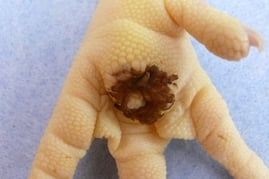
Figure 1 – Footpad dermatitis in broilers (12). PoultryWorld. 2012. Effects of litter quality and floor heating on footpads.
Effects of footpad dermatitis on poultry
Whenever severe lesions occur, broilers may experience pain, questioning the welfare and the health of the animal (5). Additionally, a high incidence of footpad dermatitis is often associated with lower growth rates and increasing downgrades, directly affecting the farmer’s income (6). Broilers that experience pain due to lesions will move, eat, and drink less.
Common causes of footpad dermatitis for poultry
Although footpad dermatitis can have several causes, litter quality appears to be the most influential factor (7). But how do broiler producers maintain good litter quality to avoid unnecessary losses and enhance animal welfare at the farm level?
In a recent review, the multidimensional causal factors of wet litter have been investigated (8). This review included a survey of fifteen people to rank the relative importance of environmental and housing factors contributing to wet litter. Among the respondents were nutritionists, veterinarians, and other experienced poultry professionals. According to these respondents, the management of drinkers and housing ventilation are seen as the most important factors influencing litter quality, as illustrated in Figure 2.

Figure 2 – Relative importance of environmental and housing factors contributing to the problem of wet litter (8).
Benefits of ventilation in avoiding footpad dermatitis
The litter quality is influenced by the design and management of the ventilation system, as ventilation controls the temperature and humidity of the air inside the house (8). Monitoring both in-house temperature and humidity is essential to make effective changes to the ventilation measurement. Proper control of the inside relative humidity will decrease water absorption by the litter and reduce water droplets as a result of condensation (9).
Research also found that inadequate ventilation could lead to poor air movement patterns, such as incoming air-speeds being too low, allowing cold air to fall to the ground. This leads to more condensation at specific spots in the barn, inducing wet litter. Instead, ventilation should provide a uniform airflow to create uniform conditions throughout the broiler house. Local differences in temperature could, for instance, cause birds to crowd together, impairing uniform litter drying and excreta deposition. Hence, especially during minimum ventilation, when the air change rate is low, the use of internal circulation fans is recommended (10).
Reading tip: Understanding minimum ventilation in poultry barns
Finally, litter quality is also very dependent on the evaporation rate. A compacted crust or, in other words, caked litter has a lower evaporation rate, slowing down litter drying (12). Airspeed has a positive effect on the evaporation rate, which is beneficial for broiler farmers using tunnel-ventilated houses (11).
From the above-mentioned, the conclusion can be drawn that the impact of ventilation on animal health and financial returns should not be underestimated: appropriate ventilation is crucial in preventing footpad lesions in broilers.
